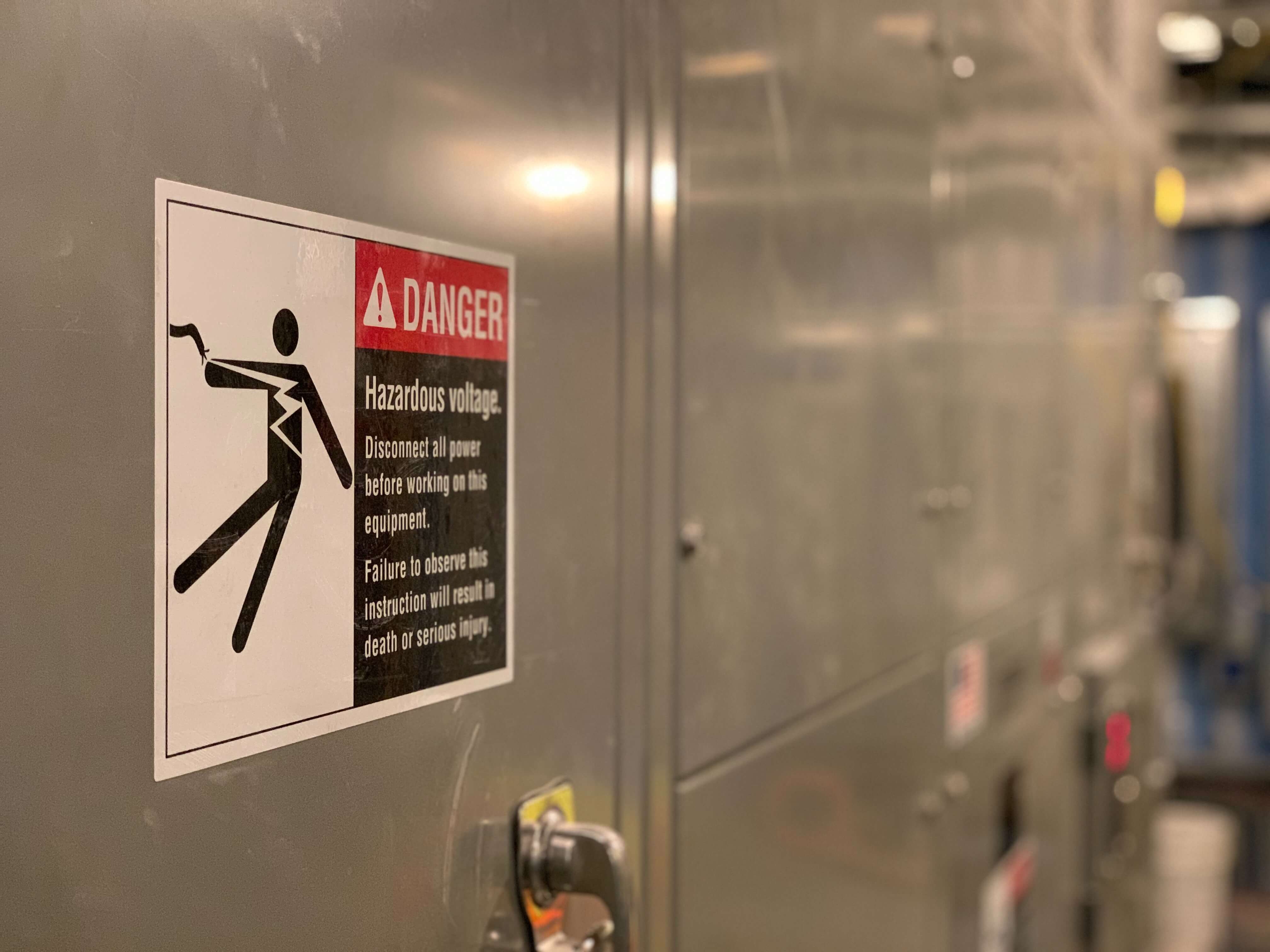Epilepsy is a common condition that affects the brain and causes frequent seizures.
Seizures are bursts of electrical activity in the brain that temporarily affect how it works. They can cause a wide range of symptoms.
Epilepsy can start at any age but usually starts either in childhood or in people over 60. It's often lifelong, but can sometimes get slowly better over time.

Symptoms of Epilepsy
The main symptom of epilepsy is repeated seizures. These are sudden bursts of electrical activity in the brain that temporarily affect how it works.
Seizures can affect people in different ways, depending on which part of the brain is involved.
Some seizures cause the body to jerk and shake (a "fit"), while others cause problems like loss of awareness or unusual sensations. They typically pass in a few seconds or minutes.
Seizures can occur when you're awake or asleep. Sometimes they can be triggered by something, such as feeling very tired.
Types of seizures
Simple partial (focal) seizures or 'auras'
A simple partial seizure can cause:
- A general strange feeling that's hard to describe.
- A "rising" feeling in your tummy – like the sensation in your stomach when on a fairground ride.
- A feeling that events have happened before (déjà vu).
- Unusual smells or tastes.
- Tingling in your arms and legs.
- An intense feeling of fear or joy.
- Stiffness or twitching in part of your body, such as an arm or hand.
You remain awake and aware while this happens.
These seizures are sometimes known as "warnings" or "auras" because they can be a sign that another type of seizure is about to happen.
Complex partial (focal) seizures
During a complex partial seizure, you lose your sense of awareness and make random body movements, such as:
- Smacking your lips.
- Rubbing your hands.
- Making random noises.
- Moving your arms around.
- Picking at clothes or fiddling with objects.
- Chewing or swallowing.
You won't be able to respond to anyone else during the seizure and you won't have any memory of it.
Tonic-clonic seizures
A tonic-clonic seizure, previously known as a "grand mal", is what most people think of as a typical epileptic fit.
They happen in two stages – an initial "tonic" stage, shortly followed by a second "clonic" stage:
- Tonic stage – you lose consciousness, your body goes stiff, and you may fall to the floor.
- Clonic stage – your limbs jerk about, you may lose control of your bladder or bowel, you may bite your tongue or the inside of your cheek, and you might have difficulty breathing.
The seizure normally stops after a few minutes, but some last longer. Afterwards, you may have a headache or difficulty remembering what happened and feel tired or confused.
Absences seizure
An absence seizure, which used to be called a "petit mal", is where you lose awareness of your surroundings for a short time. They mainly affect children but can happen at any age.
During an absence seizure, a person may:
- Stare blankly into space.
- Looks like they're daydreaming.
- Flutter their eyes.
- Make slight jerking movements of their body or limbs.
The seizures usually only last up to 15 seconds and you won't be able to remember them. They can happen several times a day.
Myoclonic seizures
A myoclonic seizure is where some or all of your body suddenly twitches or jerks like you've had an electric shock. They often happen soon after waking up.
Myoclonic seizures usually only last a fraction of a second, but several can sometimes occur in a short space of time. You normally remain awake during them.
Clonic seizures
Clonic seizures cause the body to shake and jerk like a tonic-clonic seizure, but you don't go stiff at the start.
They typically last a few minutes and you might lose consciousness.
Tonic seizures
Tonic seizures cause all your muscles to suddenly become stiff, like the first stage of a tonic-clonic seizure.
This might mean you lose balance and fall over.
Atonic seizures
Atonic seizures cause all your muscles to suddenly relax, so you may fall to the ground.
They tend to be very brief and you'll usually be able to get up again straight away.
Status epilepticus
Status epilepticus is the name for any seizure that lasts a long time, or a series of seizures where the person doesn't regain consciousness in between.
It's a medical emergency and needs to be treated as soon as possible.
You can be trained to treat it if you look after someone with epilepsy. If you haven't had any training, call 999 for an ambulance immediately if someone has a seizure that hasn't stopped after 5 minutes.
Seizure triggers
For many people with epilepsy, seizures seem to happen randomly.
But sometimes they can have a trigger, such as:
- Stress
- A lack of sleep
- Waking up
- Drinking alcohol
- Some medications and illegal drugs
- In women, monthly periods
- Flashing lights (this is an uncommon trigger)
Keeping a diary of when you have seizures and what happened before them can help you identify and avoid some possible triggers.
Treatments for epilepsy
Treatment can help most people with epilepsy have fewer seizures or stop having seizures completely.
Treatments include:
- Medicines called anti-epileptic drugs – these are the main treatment
- Surgery to remove a small part of the brain that's causing the seizures
- A procedure to put a small electrical device inside the body that can help control seizures
- A special diet (ketogenic diet) that can help control seizures
Some people need treatment for life. But you might be able to stop treatment if your seizures disappear over time.
Living with epilepsy
Epilepsy is usually a lifelong condition, but most people with it are able to have normal lives if their seizures are well controlled.
Most children with epilepsy are able to go to a mainstream school, take part in most activities and sports, and get a job when they're older.
But you may have to think about your epilepsy before you do things such as driving, certain jobs, swimming, using contraception and planning a pregnancy.
Advice is available from your GP or support groups to help you adjust to life with epilepsy.
Causes of epilepsy
In epilepsy, the electrical signals in the brain become scrambled and there are sometimes sudden bursts of electrical activity. This is what causes seizures.
In most cases, it's not clear why this happens. It's possible it could be partly caused by your genes affecting how your brain works, as around one in three people with epilepsy have a family member with it.
Occasionally, epilepsy can be caused by damage to the brain, such as damage from:
- A stroke
- A brain tumour
- A severe head injury
- Drug abuse or alcohol misuse
- A brain infection
- A lack of oxygen during birth
Supporting employees with epilepsy
Now we’ve gone over what epilepsy is, we’re going to cover how as an employer you can support your employees.

1) Gain Knowledge
Speak to the affected employee and find out about how they manage their condition. This should include:
- Medication requirements.
- Side-effects.
- Frequency and warning signs of seizures.
- Any associated musculoskeletal issues.
2) Find Out About Triggers
If you know what triggers their seizures you can make adjustments to your workplace like temperature, light, stress and computer screens.
3) Understand the Nature of Seizures
This will inform you about providing a safe place for the employee to recover. Find out about recovery time and when/ if medical staff are needed to manage the situation.
4) Care Plan
You should have a care plan in place so you know exactly what to do in the event of a seizure at work.
5) Allocate Storage Space
You can use this space to store items that may be needed before and after they have a seizure, such as their care plan, a pillow, blanket and medications. A key should be provided to the line manager and first aiders.
6) Organise Their Environment
Working hours, tasks and the pace of work should all be evaluated to ensure lone working is avoided. Ensure that driving isn’t required, breaks are given and there is at least one first aider on site at all times.
7) DSE Assessment
You must provide the right equipment such as an LCD screen, a supportive padded chair, wireless headset and a workspace free from hazards.
8) Safety in the Workplace
Ensure their safety. Ideas include introducing a buddy system, reducing the need for them to use the stairs and informing people about their condition and what to do in an emergency.
9) Easy Toilet Access
An accessible loo often provides more space and can reduce the risk of injury. A toilet with a pull cord alarm and a door that can be opened from the outside is ideal.
10) Personal Emergency Evacuation Plan (PEEP)
Complete this plan which details the nearest fire exit route, assistance they will need to get to the fire exit, how they will get down any stairs, whether an evacuation chair is needed and assistance with getting them to the assembly point.
11) First Aid Provision
You should supply suitable first aiders and/or nominated persons who have been adequately trained.
Suitable first aid supplies should also be available on-site, these may be needed for secondary injuries following an epileptic seizure.
Expert Support
If you require support with making ‘reasonable adjustments’ for an employee our experts can help. We are fully up-to-date with the law and each year we provide advice to hundreds of organisations.
Our experts can also help you update your employee documentation and policies & procedures. Call 0800 470 2806 for more information.
Related resources
Categories
- Business Advice
- Contracts & Documentation
- Culture & Performance
- Disciplinary & Grievances
- Dismissals & Conduct
- Employee Conduct
- Employment Law
- End of Contract
- Equality & Discrimination
- Health & Safety
- Hiring & Managing
- Leave & Absence
- Managing Health & Safety
- Moving
- Occupational Health
- Pay & Benefits
- Recruitment
- Risk & Welfare




